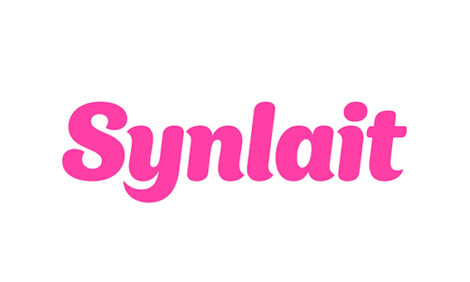



Pricing Silage
CANADA - Silage can be an expensive way of providing forage to cattle. The extra cost, however, is usually offset by reduced harvesting and storage losses. Furthermore, silage can afford producers an opportunity to salvage a crop that was damaged by hail, frost or drought.“Silaging a crop can be an effective way of dealing with a weed problem in a field,” says Ted Nibourg, business management specialist with Alberta Agriculture and Rural Development.
“A major advantage of silage over a dry forage system is that silage can be harvested in almost any weather. As companion crops for perennial forage establishment, silage crops fit in well.”
In order to assess advantages or disadvantages of silage for an operation, the manager should understand the costs involved. Most silage in the province is priced in the pit at 12 times the barley grain price. For example, barley price in central Alberta on August 3, 2010, was approximately $3.08 per bushel.
This would put 35 per cent dry matter silage in the pit at $37 per wet ton. The average cost of putting silage in the pit based on current custom rates is approximately $13 per wet ton assuming an average yield of eight wet tons per acre. Backing this cost off the silage value leaves a net of $24 per wet ton, which is value producers could afford to bid for a standing crop yielding eight wet tons per acre.
“Production is key when it comes to bidding on or pricing standing crops,” says Nibourg. “At a yield of five wet tons per acre, harvesting costs jump to $14 per wet ton. This leaves $23 available for a standing crop. Should yield come in at 10 wet tons per acre, harvesting costs drop to $12 per wet ton leaving $25 per wet ton.”
Placing a value on silage can be difficult, and is most likely the reason that producers have opted use the 12 times method mentioned earlier. Another method of pricing silage uses the total cost of production for enterprise budgeting.
Enterprise budgeting involves calculating the total costs for one enterprise, in this case the silage enterprise, in order to evaluate its contribution to another enterprise on the farm such as a feedlot enterprise. Calculating the total costs of the silage would include all costs involved from establishing the silage crop through all the harvesting costs.
“Another method of pricing silage is to compare its price with the price of an alternative forage feed source such as greenfeed or hay,” continues Nibourg. “In order to do this the silage price on wet basis has to be converted to a price that reflects the dry matter equivalent of the other feed source.”
Most forage in the province is priced on a short ton basis as it is far easier to divide the ton price by 2000 to arrive at a price per pound than it is to divide a tonne price by 2204.6 to arrive at a pound price. A wet ton at 35 per cent contains 700 pounds of dry matter. Priced at $37 per wet ton, this converts to a dry matter price of 5.3 cents per pound. Hay usually consists of 85 per cent dry matter, so it is necessary to multiply the 5.3 cents by 85 per cent to arrive at comparative hay price of 4.5 cents per pound.
“This year, early indications are that hay will settle in at an average price of approximately 3.5 cents per pound” says Nibourg. “While this silage price maybe a bit of premium to current hay prices, the advantages of the silage system can easily justify the premium.”
TheCattleSite News Desk


